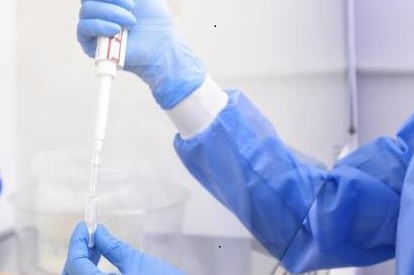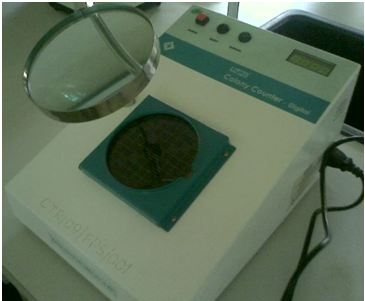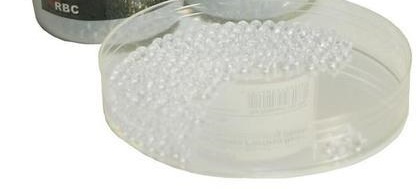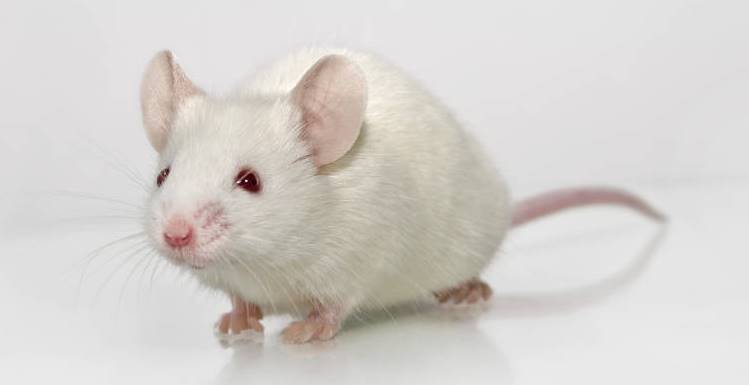Characteristics of Pathogenic Microorganisms (Bacteria)
Bacterial pathogens that cause infections in humans have innate characteristic mechanisms with which they use to suppress the immune response of their host in their bid to establish a disease process. Initiation of an infectious process leads to the development of signs and symptoms in the human host, and these syndromes helps to announce the […]
Characteristics of Pathogenic Microorganisms (Bacteria) Read More »
Bacteriology









